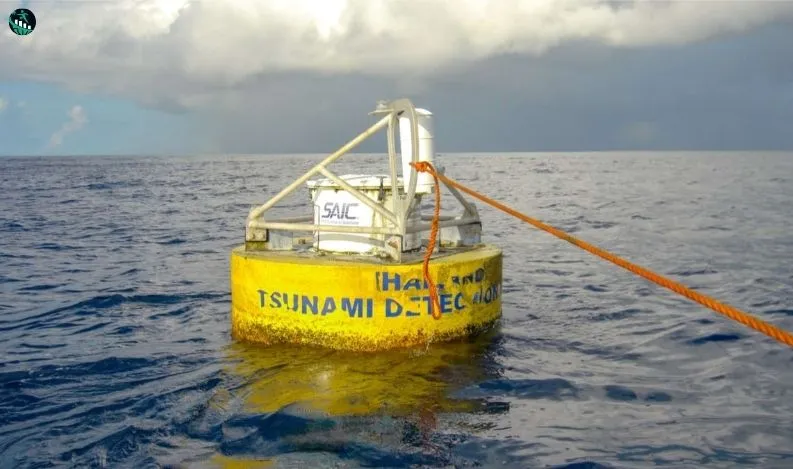
What is Tsunami Warning System? How Does It Works?
Tsunamis, powerful events within the depths of the ocean, have the potential to cause devastating impacts on both life and property. The Tsunami Warning System is a sophisticated network operated by governments and international entities, designed to identify impending tsunamis and alert the public, ultimately aiding in disaster mitigation.
Understanding the Tsunami Warning System
The Tsunami Warning System is a collaborative effort between national governments and international organizations, with the primary goal of detecting undersea events that could lead to tsunamis and notifying the public to ensure their safety.
How Does it Operate?
Seismic Sensors:
The initial step in the Tsunami Warning System involves the identification of seismic activity or immediate undersea events through seismic sensors. These sensors detect earthquakes and provide estimates of the potential for tsunami generation.
Tide Gauges:
In certain regions, tide gauges are strategically placed to detect immediate marine incidents. These gauges control sea levels, sensing variations in sea level due to changes in underwater topography, often indicating the possibility of an incoming tsunami.
Buoy Network:
Buoys play a crucial role in identifying marine disasters. Positioned in the ocean, buoys monitor sea movements and provide real-time data on wave patterns and other relevant information.
Satellite Technology:
International satellite technology allows for remote monitoring of undersea events. By utilizing satellite data, the system can effectively observe changes in oceanic conditions that might indicate a potential tsunami.
Public Alert System:
Once the Tsunami Warning System identifies a potential threat, an immediate alert is issued to the public. Various communication channels, such as radio, television, mobile alerts, and sirens, are utilized to disseminate information rapidly.
The Role of Technology in Early Warning
The integration of technology, including seismic sensors, tide gauges, buoys, and satellites, forms a comprehensive network for early tsunami detection. These technologies work in tandem to provide accurate and timely information to decision-makers and the public.
Case Studies
Several instances showcase the effectiveness of the Tsunami Warning System. Notable cases include the 2004 Indian Ocean tsunami and the 2011 Tohoku earthquake and tsunami in Japan. In both cases, the warning system played a crucial role in minimizing casualties by providing timely alerts to coastal communities.
Challenges and Advances
While the Tsunami Warning System has proven effective, it faces challenges such as false alarms, limited coverage in certain regions, and the need for constant technological updates. Ongoing research and advancements aim to address these challenges and enhance the system's reliability.
Global Cooperation
Tsunamis do not recognize national borders, emphasizing the need for international collaboration in implementing and maintaining a robust Tsunami Warning System. Countries in seismically active zones must work together to share data and expertise for a more comprehensive and effective system.
The Future of Tsunami Warning Systems
As technology continues to advance, the future of tsunami warning systems holds promise. Improved sensors, enhanced satellite capabilities, and artificial intelligence applications are likely to further refine early warning systems, reducing response times and increasing the overall effectiveness of disaster mitigation efforts.
In Conclusion
The Tsunami Warning System stands as a testament to humanity's ability to leverage technology and global collaboration for the greater good. As we move forward, continuous innovation and a commitment to community resilience will be essential in ensuring the continued success of these vital systems in safeguarding lives and minimizing the impact of tsunamis worldwide.



Recent Comments: